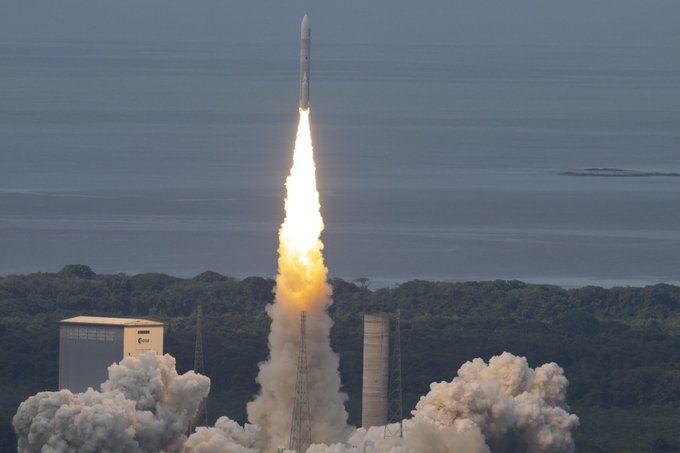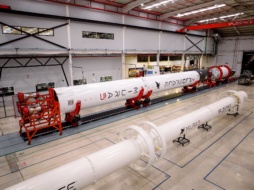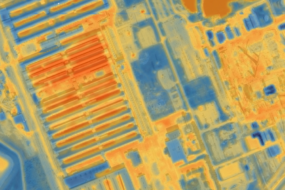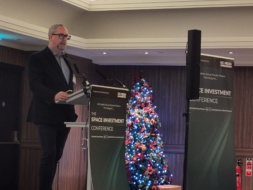Europe’s long-awaited Ariane 6 rocket performed an almost flawless debut flight on Tuesday, scattering a batch of experimental satellites across LEO.
The flight achieved a number of important milestones, including restoring Europe’s independent access to space and preparing to launch commercial ops soon, but it wasn’t all good news. Its Vinci upper stage experienced a minor malfunction at the end of the mission, which prevented the completion of a deorbit maneuver.
The big picture: Ariane 6’s inaugural flight was a key moment for Europe after its predecessor’s retirement a year ago left the continent without independent access to space. The nearly three-hour demo mission, which saw the rocket lift off from its brand-new launch pad at the European Spaceport in Kourou, French Guiana, proved that the rocket is ready to fly its first commercial flight by the end of this year, ESA and Arianespace executives confirmed in a post-launch press conference.
“The launch was perfect, very good,” Philippe Baptiste, CEO of CNES, which helped develop the rocket, said in a briefing.
The hiccup: After the boosters and engine had successfully separated, the Vinci upper stage—the most innovative element of the €4B ($4.3B) development program—performed two boosts before dispersing its payload about an hour after lift-off.
Before the third and final engine boost, however, the auxiliary power unit, which pressurized the stage’s fuel tanks, shut down prematurely. As a result, the stage couldn’t perform the final boost it needed to head back towards the atmosphere to burn up.
The cause of the malfunction is not yet understood, but it shouldn’t have an effect on future launches.
A bumpy road: After four years of delays and many cost overruns, Arianespace is ready to start working through the ~€3B ($3.2B) backlog of Ariane 6 missions, including rides to orbit for Amazon Kuiper and OneWeb.
The rocket, however, is entering a different world than the one in which it was conceived in the early 2010s. The decision not to make the rocket reusable has already left Ariane 6 behind SpaceX, leading some analysts to speculate that ESA might want to replace the rocket with a more innovative launcher as early as ten years from now.




